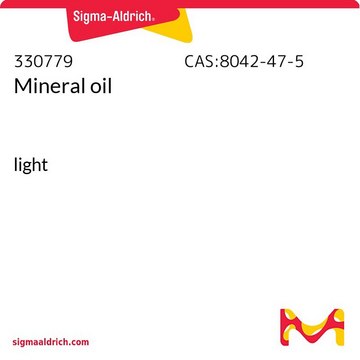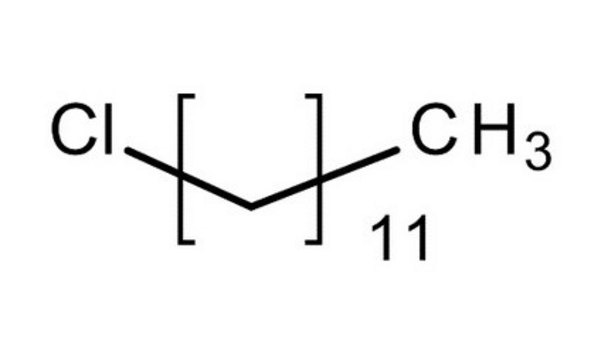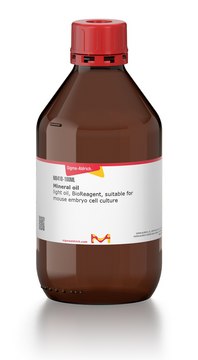All Photos(1)
About This Item
Linear Formula:
CH3(CH2)9Cl
CAS Number:
Molecular Weight:
176.73
Beilstein:
1735224
EC Number:
MDL number:
UNSPSC Code:
12352100
PubChem Substance ID:
NACRES:
NA.22
Recommended Products
Quality Level
Assay
98%
form
liquid
refractive index
n20/D 1.437 (lit.)
bp
223 °C (lit.)
mp
−34 °C (lit.)
density
0.868 g/mL at 25 °C (lit.)
SMILES string
CCCCCCCCCCCl
InChI
1S/C10H21Cl/c1-2-3-4-5-6-7-8-9-10-11/h2-10H2,1H3
InChI key
ZTEHOZMYMCEYRM-UHFFFAOYSA-N
Looking for similar products? Visit Product Comparison Guide
Signal Word
Warning
Hazard Statements
Precautionary Statements
Hazard Classifications
Aquatic Acute 1 - Aquatic Chronic 1
Storage Class Code
10 - Combustible liquids
WGK
WGK 3
Flash Point(F)
181.4 °F - closed cup - (External MSDS)
Flash Point(C)
83 °C - closed cup - (External MSDS)
Choose from one of the most recent versions:
Already Own This Product?
Find documentation for the products that you have recently purchased in the Document Library.
R Rajkumar et al.
Indian journal of biochemistry & biophysics, 46(4), 319-324 (2009-10-01)
The alpha2u-globulin (alpha2u) is a pheromone carrier urinary protein believed to be relevant for sexual communication among rats and is characterized in laboratory rats. In the present study 17 kDa protein and the bound pheromones were characterized in a population
Yanlin Li et al.
Environmental science & technology, 53(12), 6765-6772 (2019-05-18)
Short chain chlorinated paraffins (SCCPs) are a group of complex emerging persistent organic pollutants. In this study, the uptake, translocation, and transformation of four constitutionally defined SCCP isomers were studied using whole pumpkin ( Cucurbita maxima × C. moschata) and
J Gutknecht
The Journal of membrane biology, 106(1), 83-93 (1988-11-01)
Mechanisms of proton conductance (GH) were investigated in phospholipid bilayer membranes containing long-chain fatty acids (lauric, myristic, palmitic, oleic or phytanic). Membranes were formed from diphytanoyl phosphatidylcholine in decane plus chlorodecane (usually 30% vol/vol). Fatty acids were added either to
Anna Andersson et al.
Environmental science and pollution research international, 26(8), 7305-7314 (2018-03-02)
The occurrence of disinfection by-products (DBPs) in drinking water has become an issue of concern during the past decades. The DBPs pose health risks and are suspected to cause various cancer forms, be genotoxic, and have negative developmental effects. The
Jordi Quintana et al.
Environmental science and pollution research international, 26(16), 16076-16084 (2019-04-11)
A study of organic compounds that caused a serious taste and odor episode of water supply in two residential areas in Catalonia (N.E. Spain) was carried out. Sweet and paint/solvent odor were the main descriptors used by consumers. Some cases
Our team of scientists has experience in all areas of research including Life Science, Material Science, Chemical Synthesis, Chromatography, Analytical and many others.
Contact Technical Service








